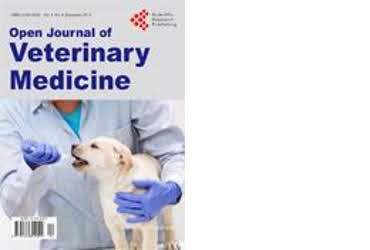Research > Microbe > Bacteria > Mycobacterium
Common Names for Hypochlorous Acid Solutions
- Electrolytically Generated Hypochlorous Acid
- Neutral Electrolyzed Water (NEW)
- Electrolyzed Oxidizing Water (EOW)
- Electro-chemically Activated Water (ECA)
- Super-oxidized water (SOW)
Results: 1 published articles

Microbe(s): Enterococcus faecium, Mycobacterium avium subspecies avium, Proteus mirabilis, Pseudomonas aeruginosa, Staphylococcus aureus, Candida albicans
Standards of the German Association of Veterinary Medicine (DVG) for the evaluation of chemical disinfectants were used to assess the anti-microbial efficacy of electrolysed oxidizing water (EOW). Enterococcus faecium, Mycobacterium avium subspecies avium, Proteus mirabilis, Pseudomonas aeruginosa, Staphylococcus aureus and Candida albicans were exposed to anode EOW (pH, 3.0 0.1; oxidation-reduction potential (ORP), +1100 50 mV; free chlorine, 400 20 mg/l Cl2) and combined EOW (7 : 3 anode : cathode, v/v; pH, 8.3 0.1; ORP, 930 950 mV; free chlorine, 271 20 mg/l Cl2). In water of standardized hardness (WSH), all bacterial strains were completely inactivated by a 30 min exposure to maximum 10.0% anode EOW ( 40.0 mg/l Cl2) or 50.0% combined EOW ( 135.5 mg/l Cl2). The sensitivity ranking order for anode EOW to the bacterial test strains was P. mirabilis > S. aureus > M. avium ssp. avium > E. faecium > P. aeruginosa. P. mirabilis and S. aureus decreased to undetectable levels after 5 min of exposure to 7.5% anode EOW ( 30.0 mg/l Cl2). Candida albicans was completely inactivated by a 5-min exposure to 5.0% anode EOW. Both, anode and combined EOW exhibited no anti-microbial activities in standardized nutrient broth or after addition of 20.0% bovine serum to the WSH. Further research is necessary to evaluate the efficacy of EOW as a disinfectant under operating conditions in animal production facilities.